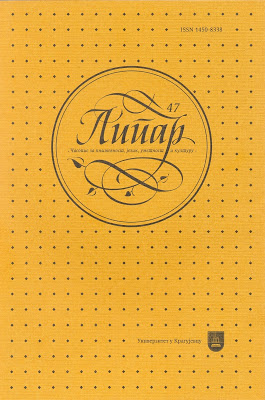Power Relations in the Classroom: A Case for Interpersonal Communication in L2 Instruction
Power Relations in the Classroom: A Case for Interpersonal Communication in L2 Instruction
Author(s): Ana S. JovanovićSubject(s): Language and Literature Studies, Foreign languages learning, Philology
Published by: Универзитет у Крагујевцу
Keywords: university instruction;cultural model;interpersonal/intergroup communication;interactive instruction
Summary/Abstract: This study explores to what extent the classroom communication reveals power relationships between teachers and students and it further examines the underlying cultural model that shapes their engagement in the educational process. This approach requires a naturalistic research methodology in which both linguistic and extra-linguistic variables are analyzed in the context of two selected sessions of Spanish language instruction, that is, a Spanish syntax class and a Spanish language class (e.g., greetings, forms of address, presence of straightforward requests, and turn-taking, together with participants’ spatial location and their orientation vis-à-vis the addressee). The results imply that the class with less emphasis on the norms of formality challenges the prevailing cultural model and implies more flexibility in the power distribution. The case of the Spanish language class shows evidence that the students engage more actively when the communication transcends from intergroup to interpersonal. Learning involves the whole person, that is, a person’s physiological, intellectual, and affective reality, so for learning to actually take place, all these aspects should be considered, which implies a reconsideration of the traditional classroom with its rules of formal politeness.
Journal: Липар - часопис за књижевност, језик, уметност и културу
- Issue Year: XIII/2012
- Issue No: 47
- Page Range: 217-231
- Page Count: 15
- Language: English

